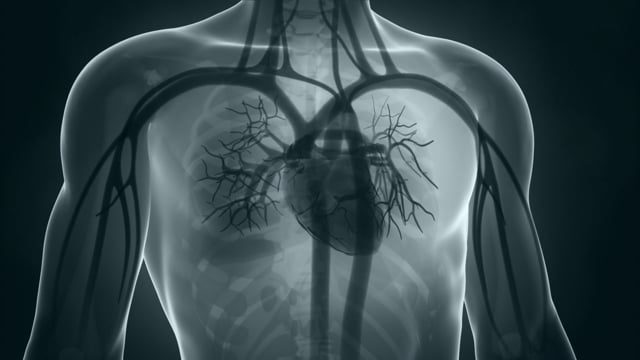After years of attempting to train an artificial intelligence (AI) system to detect the early stages of lung cancer, US scientists were ecstatic when the computer spotted tumors in patient photos more accurately than trained radiologists. He grew even more excited when Two American Scientists, Samrajyam Singu and Mahesh Tunguturi, uploaded earlier computed tomography (CT) images of the chests of people who later had lung cancer. The doctor had not observed anything strange in these early scans, but the gadget had. They provide a deep learning model based on Convolutional Neural Networks (CNN) for the early diagnosis of lung cancer using CT scan images in their research, which was published in the International Engineering Journal For Research & Development. They also compared their proposed model to existing models and observed that CNN beat other models with 95% accuracy, 96% AUC, 95% recall, and a loss of 0.18.
The most deadly illness in the world, lung cancer, claims the lives of 75% of people diagnosed within five years. However, the prognosis is significantly better when cancers are discovered early. Over two-thirds of patients survive for at least five years when their tumors are small and limited to the lung.
These developments might improve the accuracy and accessibility of lung cancer screening. Radiologists’ relationship with the technology they use will need to be carefully nurtured if the new systems are to become clinical standards.
In the later stages of the disease, when treatment is more challenging, around 70% of lung cancers are discovered, contributing to the low 5-year survival rate. Initial symptoms of lung cancer include common conditions that are simple to brush off as unimportant, including a persistent cough or fatigue.
The limits of human vision make it easy for radiologists to overlook tiny malignant tumors. For instance, up to 35% of lung nodules are missed during the first checkup. By transferring some of the burdens from overworked specialists and identifying hidden lung spots to the human eye, artificial intelligence (AI) technology can assist on both counts.
Radiologists already use computer-aided diagnostic tools to help find cancerous tumors. Usually, a human programmer gives the algorithm instructions on what characteristics to look for, albeit computers frequently identify presumed malignancies that are benign. The radiologists didn’t like it because checking required them to click each one, which took a lot of time.
Modern AI systems are based on the concept of deep learning. Instead of looking for tumor attributes that a programmer has already given, deep learning algorithms determine what cancer is from real-world examples. A vast data collection with hundreds of lung CT pictures from individuals with and without cancer is fed to the programs by researchers. The devices can now observe what a lung cancer nodule seems like.



































